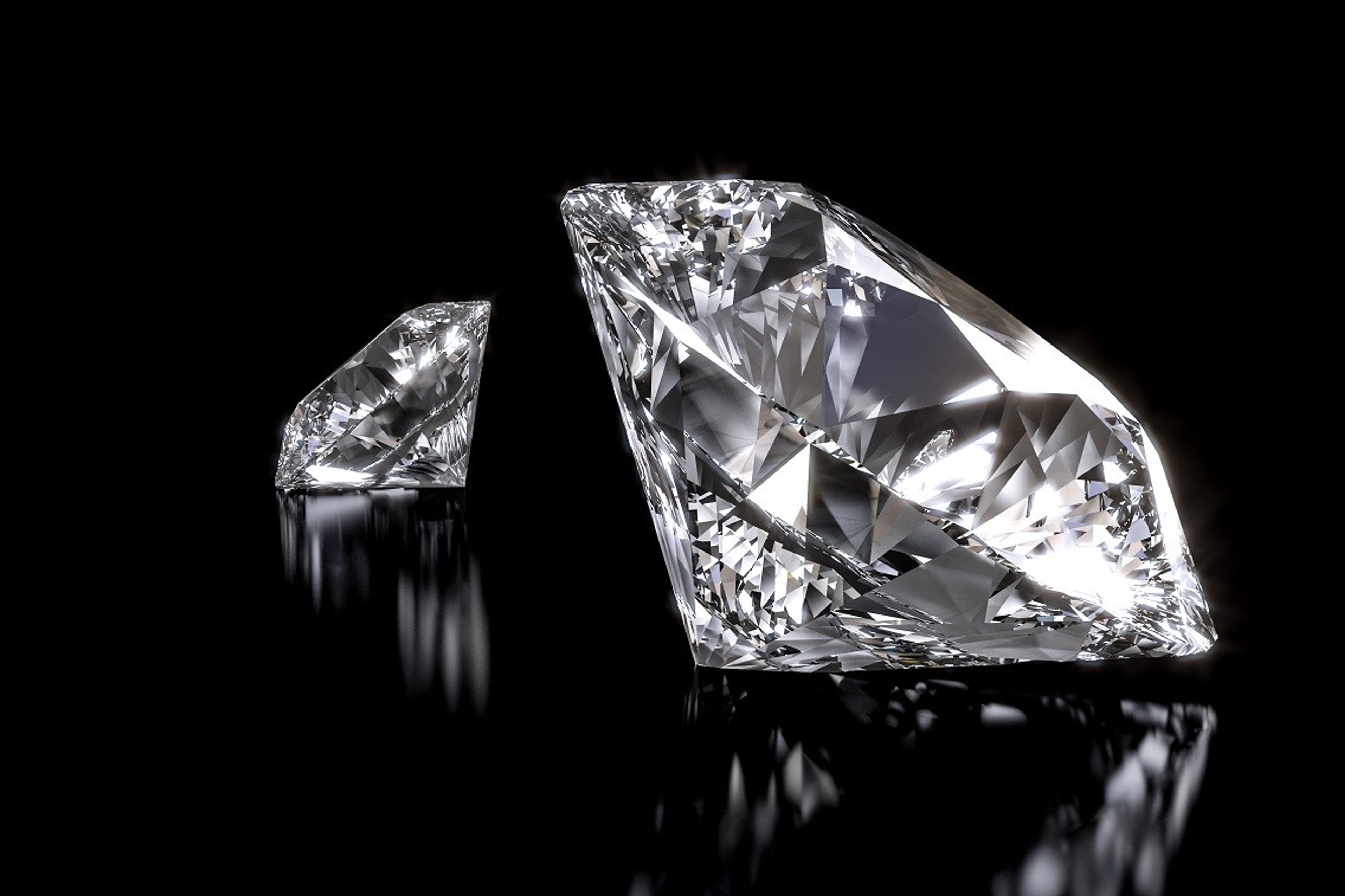You’re as cold as ice. Don’t worry, we’re not referring to your special someone. We’re talking about the rock you just slipped on their finger. Diamonds are often associated with love and affection, but they also have some “icy” elements. What does that mean? We’re about to tell you!
Why are Diamonds Called “Ice?”
For starters, diamonds simply look like polished chunks of crushed ice. Both are smooth, clear and colorless. But they’re also similar due to diamonds’ thermal properties (aka how the gem responds when exposed to heat). Four thermal properties are typically used to identify gemstones. Here are a couple that you might encounter:
Thermal conductivity: This essentially measures how heat flows through a stone in comparison to the stone’s overall temperature.
Thermal inertia: This indicates how fast a gem’s surface temperature changes when heat flows into the stone. The International Gem Society (IGS) says this is the easiest property to test on gems.
Despite what you might think, diamonds have a high thermal inertia, meaning it will take a long time for its surface temperature to rise. It’s another reason why diamonds are likened to ice. They’ll remain fairly cold even after they come in contact with heat!
How are Thermal Properties Measured?
Diamond testers usually evaluate how heat moves through a gemstone (aka thermal conductivity). These handheld tools are shaped like oversized pens, and they’re available for sale on various websites. Since each gem has different thermal properties, this gadget offers an affordable, easy way to differentiate diamonds from cubic zirconia and certain other diamond simulants.
*Pro Tip: Some retailers may try to deceive shoppers by raising prices and mislabeling diamond alternatives as the real versions. If you’re unsure about a purchase you made, a quick check with a diamond tester could provide some reassurance. However, testers aren’t always accurate, so it’s best to confirm with a reputable jeweler, like Gage Diamonds.
How “Icy” are Other Gems?
Diamonds are known to be good heat conductors, meaning they spread heat quickly after being exposed to high temperatures. According to IGS, they have higher thermal conductivity and thermal inertia ratings than most minerals and metals. Other gems typically distribute heat more slowly, meaning they’ll feel warmer when touched.
For reference, here’s how some other common stones stack up:
| Minerals/Gems | Thermal Conductivity (cal/cm ⁰C sec) | Thermal Inertia (cal/cm² ⁰C sec½) |
| Diamond | 1.6-4.8 | 0.822-1.42 |
| Silicon Carbide (aka Moissanite) | 0.215 | 0.369 |
| Corundum (aka Rubies and Sapphires) | 0.0834 | 0.262 |
| Topaz | 0.0446 | 0.177 |
| Quartz (aka Amethyst, Citrine and Onyx) | 0.0264 | 0.125 |
*Information courtesy of the International Gem Society
Have a question? We can help!
Gage Diamonds is Chicago's premier jewelry showroom and online retailer of engagement rings, wedding bands, and fine jewelry. We offer a selection of dazzling handpicked diamonds, including certified natural and lab grown diamonds.
We’re committed to helping you find the ring of your dreams. For inspiration, browse our selection of natural and lab grown diamonds, or set up an appointment with a member of our trusted staff at our in-person showroom.
We offer no-credit-needed financing – feel free to apply and get your approval within 24 hours!
Pay over time, because love shouldn’t wait.

